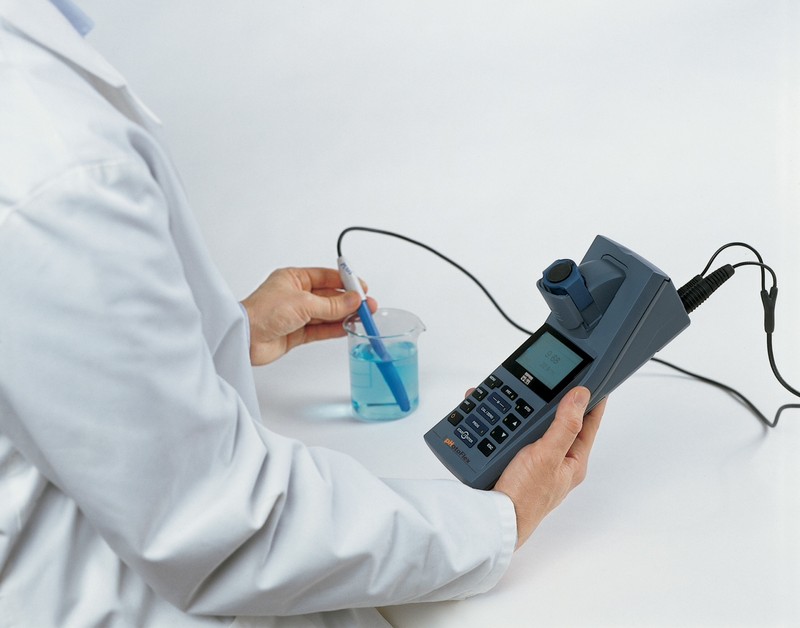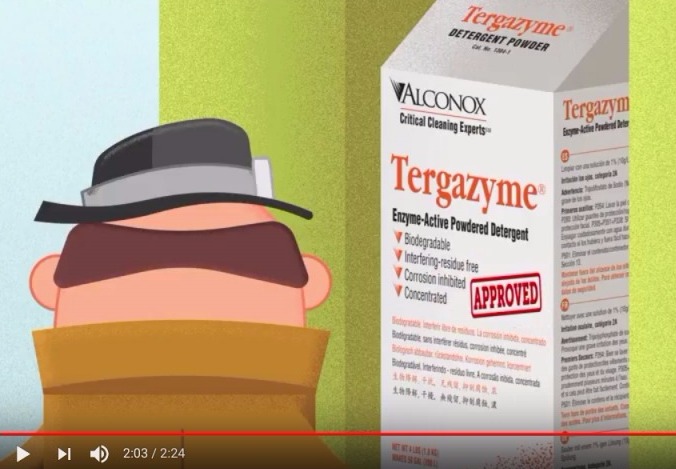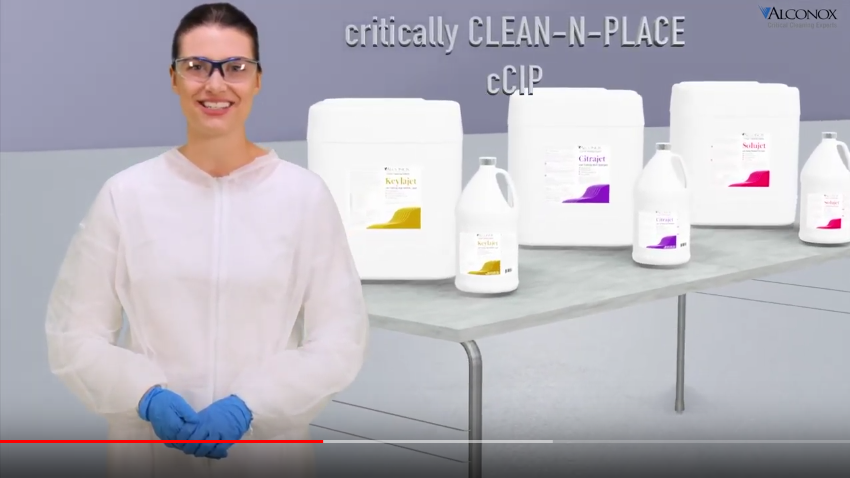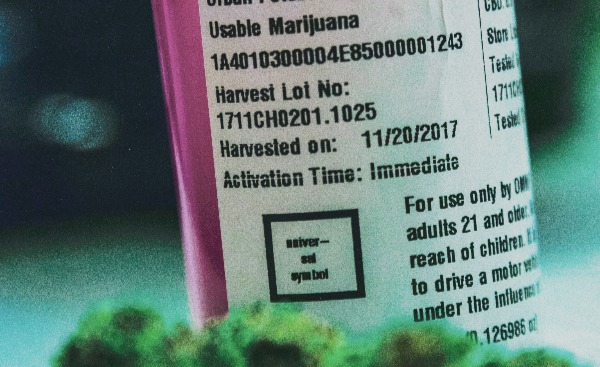Cleaning pH Probes & Dissolved Oxygen Probes
Q. Which Alconox, LLC brand cleaner is well suited for cleaning pH and dissolved oxygen probes?
A. Dissolved oxygen and pH probes used in fermentation vessels can get buildup from the fermentation media that degrades the probe performance and increases the likelihood of batch to batch contamination. Even CIP systems cannot always reliably clean the port crevices and o-rings.
How Does Tergazyme Enzyme Detergent Work?
Q: You recently sent a sample of Tergazyme detergent for a tough biologic cleaning challenge and it worked better than anything we had previously tried. I realize this must be due to the enzyme component. What information can you provide me on how enzyme detergents work, so I can share it with our decision makers / executives who want to better understand why this detergent got such different results?
How to Choose a CIP Detergent
Meet cGMP regulations and stringent cleaning validation standards with CIP detergents from Alconox, LLC Whether you use single pass or recirculation systems, Alconox can provide a detergent ideally suited for your CIP system. Click to watch our latest video to learn best practices for Clean in Place and how to choose the right CIP detergent for your application.
Cannabis Residue Cleaning: Quality Assurance in the Lab
Q. We are working on the laboratory testing and production of several cannabis products. We’ve been working with Alconox, Inc. products for some time to effectively clean our labware, glassware and processing equipment. What types of cleaning-related quality issues can you provide guidance on?
A. The medical cannabis, cannabidiol, hemp and similar industries are increasing in scope and interest, across the U.S. and the globe. Your question is timely. With FDA approval of some marijuana derived drugs, assurance that scientific innovation does not outpace Quality and Regulatory (QARA) guidelines is a concern for many.
Ultrasonic with Low-Foam Detergent
Q. We are having foaming issues in ultrasonic cleaner. Basically, we are looking for a non-foaming version of the Liquinox cleaner we are currently using. Can you use a detergent that doesn’t foam in an ultrasonic bath? A. Depending on what the foaming issue is, you may be able to continue using Liquinox detergent. As a general statement….
